News
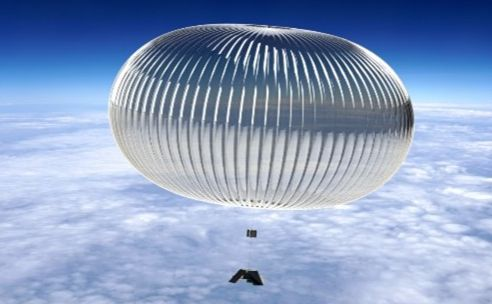
Space: Hemeria spearheads ambition for small satellites and balloons
by Amandine DELOM, Hemeria Communications Manager
The consequences of the space revolution of the last 30 years are still being felt throughout the space industry. NewSpace has seen the emergence of a number of new players, spurred on by the audacity of a certain Elon Musk and SpaceX. Today's challenges, particularly in Europe, are to bring launcher and constellation projects to fruition, and to maintain sovereignty in the context of the war in Ukraine, where the space sector has become crucial on the ground: communications, intelligence, planning.
What's more, a hitherto largely untouched territory above our heads is being taken by storm: the stratosphere. This part of the atmosphere was highlighted in the media at the beginning of 2023, when a Chinese balloon, described as a "spy", flew over the United States.
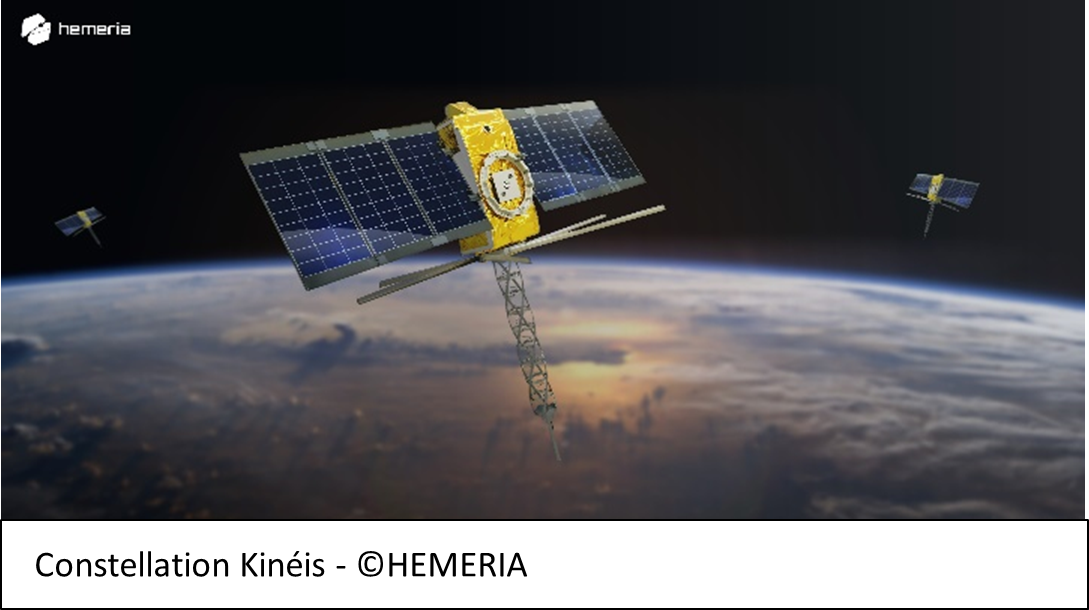
Hemeria, French leader in small satellites and stratospheric balloons
It's against this backdrop that Toulouse-based Hemeria, which employs 400 people and generates sales of 60 million euros, half of which in the space sector, confirms its position as French leader in nano satellites and stratospheric balloons.
Following the success of France's first industrial nano-satellite, Angels, co-developed with CNES, whose in-orbit lifetime was multiplied by 2.5, Hemeria is now finalizing the integration and assembly of the 25 nano-satellites in the Kinéis constellation, the very first European constellation dedicated to the Internet of Things, to be launched this summer. At the same time, the company is developing a demonstrator, Yoda, for the French Space Command, of two patrol microsatellites that will evolve in geostationary orbit to protect French military satellites from suspicious or even hostile maneuvers, in line with the space strategy unveiled in July 2019 by the Ministry of the Armed Forces in the need to strengthen surveillance capabilities for objects in orbit.
And just 1 year after Hemeria's acquisition of CNIM Air Space, last October the CNES entrusted the company with the production of the envelopes for almost 100 stratospheric balloons on a tight schedule between now and the end of 2027. All the balloons, which will be used for scientific campaigns, will be manufactured at the company's historic production site in Ayguesvives, south of Toulouse, where skills have been in place for over 50 years, notably in the service of CNES.
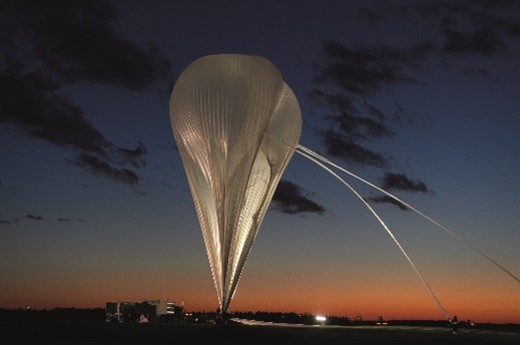
Stratospheric balloon ©CNES
A fast-changing space market
Thanks to the NewSpace revolution, new nations are able to launch their first satellites into space at lower cost. In Africa, the Pacific and Asia, new markets are emerging with the rise of new space agencies. The miniaturization and reliability of electronic components has made it possible to design microsatellites that offer an excellent price/size/performance compromise, seeing the market move away from the initial cubesats, which are used more for testing technological bricks than for commercial applications.
Nano and micro satellites are aimed more at environmental applications (monitoring greenhouse gas emissions, for example), connectivity (especially for the Internet of Things) and Earth Observation.
As part of this evolution, Hemeria has structured its offering to best meet its customers' needs by proposing a range of 3 satellites: HP-IOT, a nano satellite dedicated to connectivity; HP-EOS - a generic platform for all types of Earth observation and scientific missions, and HP-GEO, a system optimized for developing services in geostationary orbit. Hemeria satellites, deployed alone or in a constellation, bring together a concentration of technologies for military intelligence, scientific research and commercial applications.
Very high altitude (VHV), a space for innovation
Rediscovered by the general public since the neutralization of the "Chinese balloon" in the United States, this zone between national airspace and outer space (between 12 and 50 km from the ground) opens up immense prospects. Three types of aircraft are the focus of most research: airships, balloons and stratospheric drones. In France, the HAT ecosystem is a dual one: state and industrial, military and civilian.
Stratospheric balloons, which can travel up to 45 kilometers in the stratosphere, are mainly used for scientific, telecommunications and Earth Observation missions. Complementing satellites in low Earth orbit, they facilitate access to space at lower cost and with less environmental impact.
Hemeria is currently developing a maneuvering stratospheric balloon, BalMan, a first in Europe. BalMan's ability to stay in place above a given location opens up a whole new range of applications, from monitoring forest fires to detecting surface water pollution.
In a context of sovereignty, this innovation is already of interest to the defense sector.
With 24/7 flight persistence over the same area, image accuracy, and no revisit time unlike a satellite, BalMan will be a rapidly deployable palliative solution in a theater of operation.
Controlling space, and soon very high altitude, has become a question of sovereignty in a competitive and increasingly conflictual world.
Beyond this, competition from foreign private players with new business and industrial models is pushing France to assert itself and promote its space know-how, with the support of government programs such as France2030.
Similarly, in early March 2024, the French National Assembly endorsed the proposal to adopt a European Space Law, the aim of which, beyond France's sovereignty, is to have a strong European space industry protected from competition from non-European players.
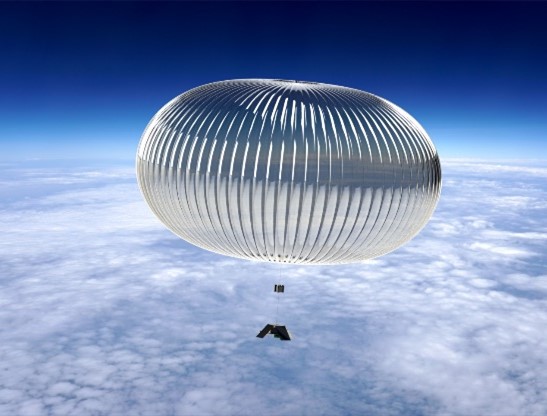
BalMan ©HEMERIA



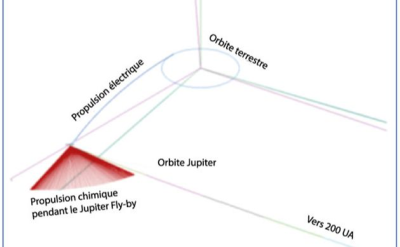
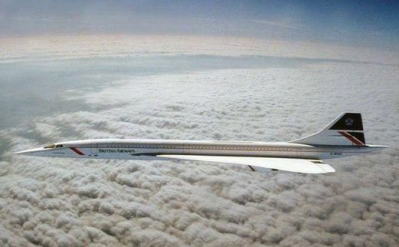
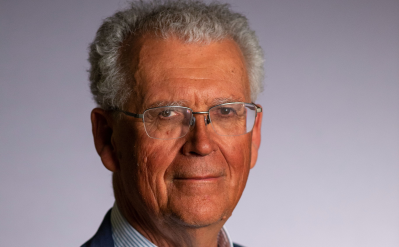



No comment
Log in to post comment. Log in.